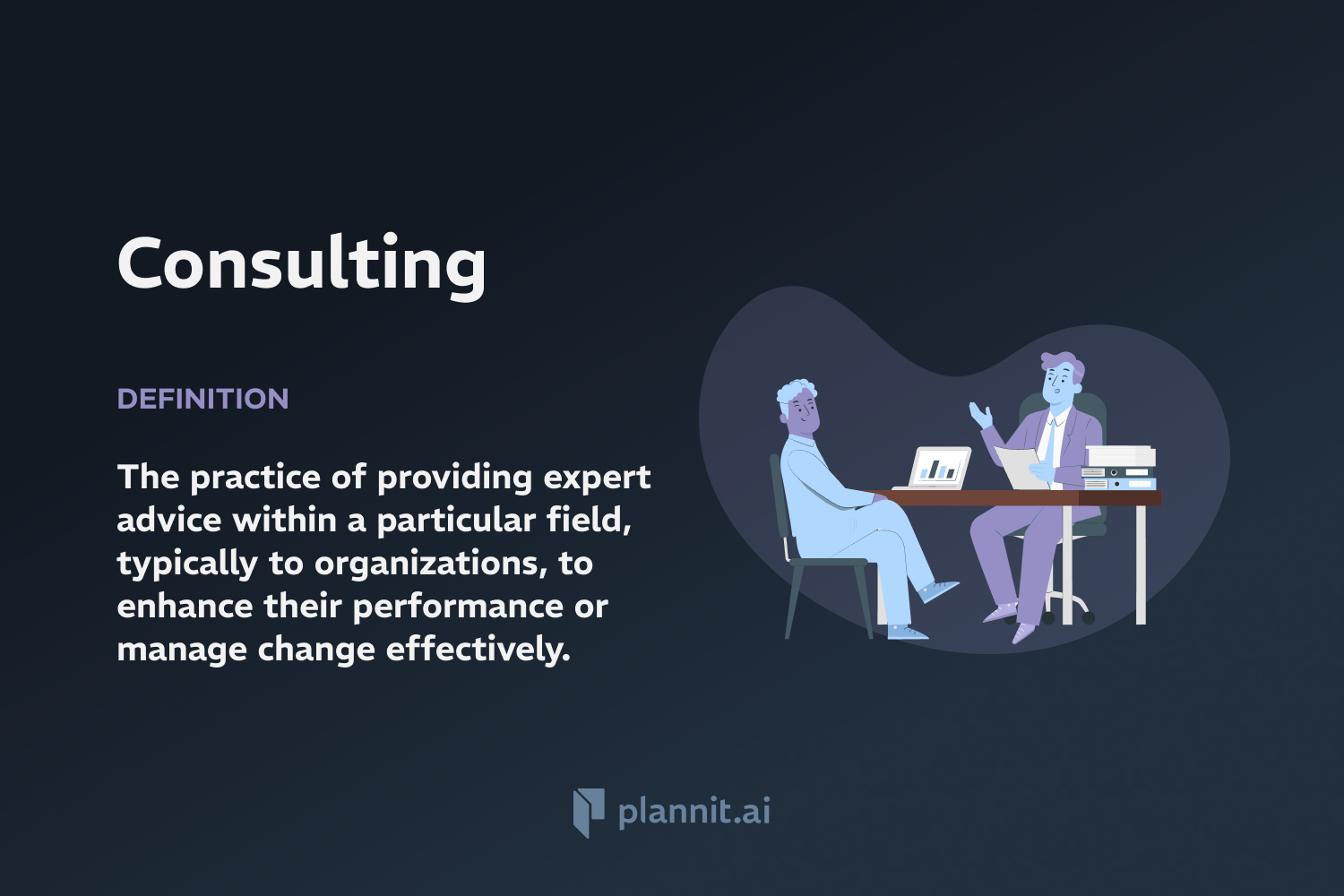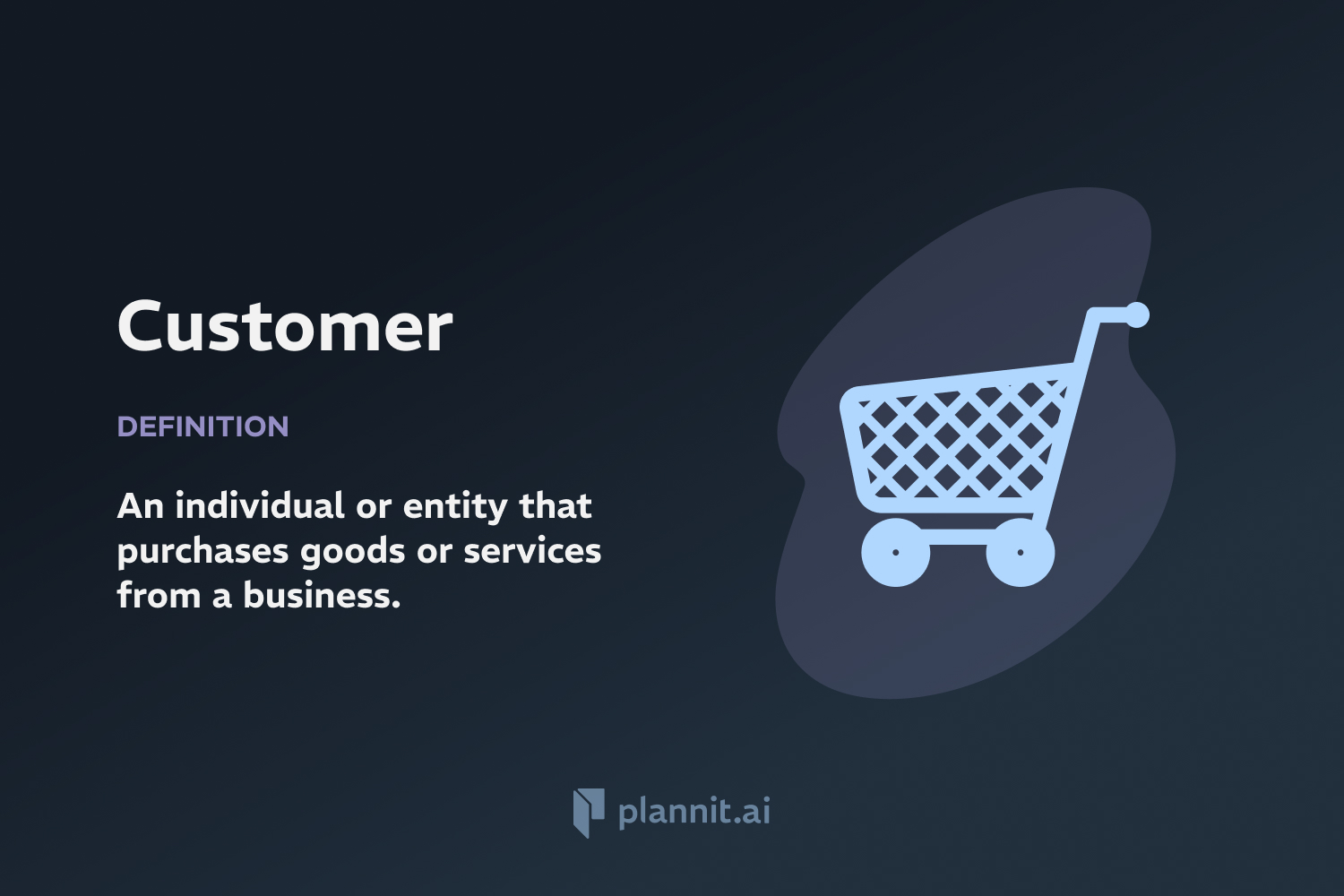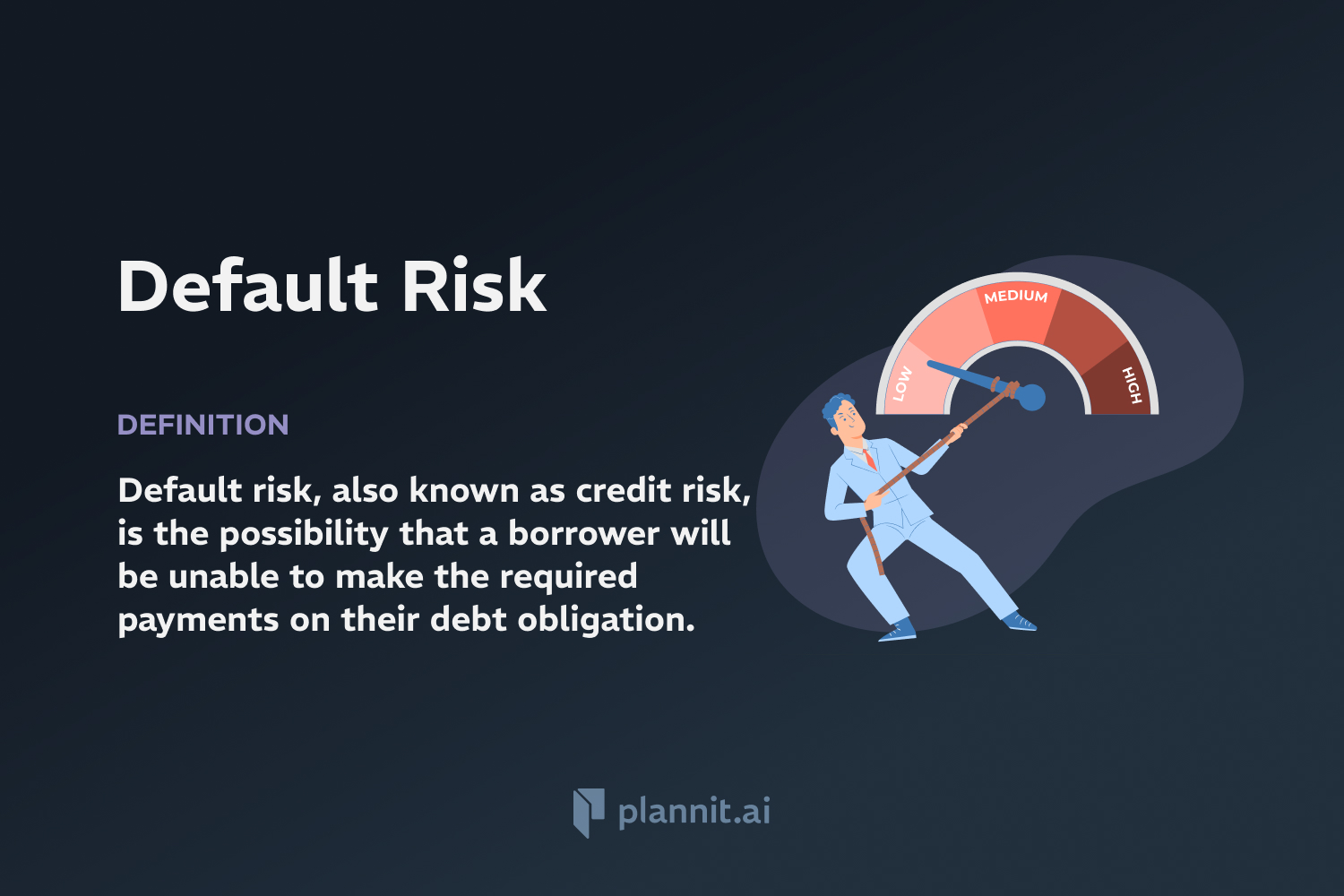Need Help With Your Business Plan?
Answer tailored questions and get a detailed business plan in minutes.
Chief Executive Officer (CEO): Definition & In-Depth Explanation
Definition:
The Chief Executive Officer (CEO) is the highest-ranking executive in a company whose primary responsibilities include making major corporate decisions, managing the overall operations and resources of a company, acting as the main point of communication between the board of directors (the board) and corporate operations, and being the public face of the company.
Context of Use:
The CEO role is prevalent across business sectors and in organizations of all sizes. The title is used to denote the leader with the highest authority in strategic management and operational oversight within the organization.
Purpose:
The CEO's primary purpose is to ensure that the company achieves its short-term and long-term objectives in line with the vision and mission set by the board. This includes overseeing the creation and implementation of strategic plans, fostering a positive organizational culture, and ensuring operational efficiencies.
Example:
Corporate Strategy: The CEO of a tech startup might focus on securing venture capital, expanding market reach, and spearheading product innovation to position the company as a leader in its industry.
Related Terms:
COO (Chief Operating Officer): An executive responsible for managing day-to-day administrative and operational functions of the company.
CFO (Chief Financial Officer): The top financial executive responsible for managing the financial actions of a company.
Board of Directors: A group of individuals elected to represent shareholders and ensure the company's prosperity by collectively directing the company's affairs.
FAQs:
1. What are the typical responsibilities of a CEO?
A: Responsibilities include setting strategic goals and ensuring their execution, managing company resources, making major corporate decisions, and acting as the primary interface between the board of directors and company operations.
2. How does a CEO differ from a president or a COO?
A: While a CEO oversees the entire operation and sets long-term strategy, a president may focus on day-to-day management, and a COO specifically oversees ongoing business operations. In some companies, the roles of CEO and president may be combined.
3. What qualifications are commonly required to be a CEO?
A: Typical qualifications include extensive corporate management experience, deep industry knowledge, and often an advanced degree in business, management, or a related field.
4. What are the challenges faced by a CEO?
A: Challenges include maintaining competitive advantage, managing public perception, driving organizational change, and making decisions that will impact the company’s future.
5. How is a CEO appointed?
A: CEOs are typically appointed by a company's board of directors and may also be involved in the selection of other top executives and board members.
Get funding with a business plan that will impress investors.
Starting a New Business?



